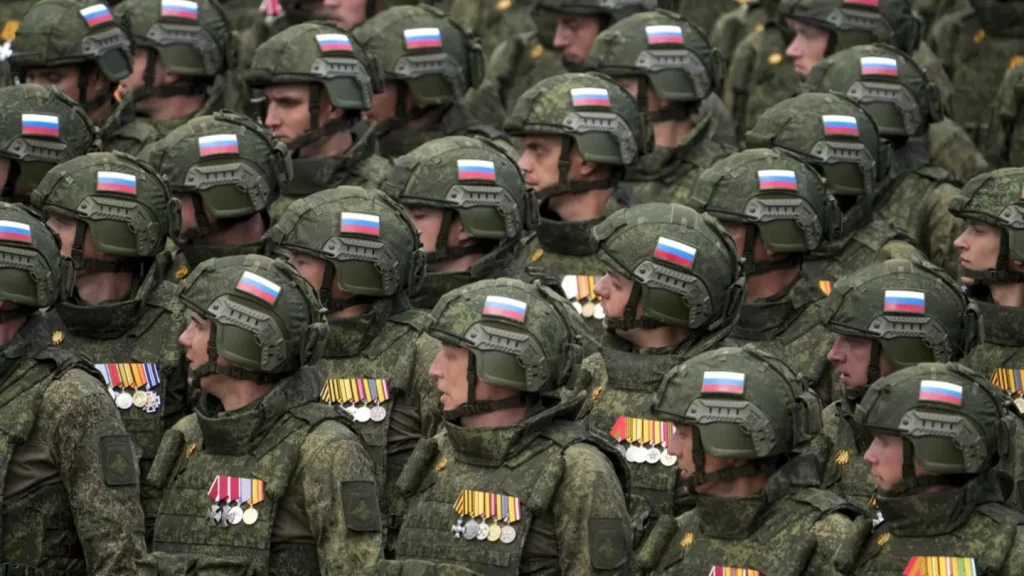SINGAPORE — Russia may launch a military assault against NATO as early as 2029, or possibly even sooner, Germany’s chief of defense warned Sunday, urging the Western alliance to bolster readiness amid growing threats.

Speaking to the BBC on the sidelines of the Shangri-La Dialogue security summit in Singapore, General Carsten Breuer said Russia’s accelerated military production, including up to 1,500 tanks annually and millions of artillery rounds, suggests the Kremlin could be preparing for a broader confrontation with NATO, potentially targeting Baltic state members.
“We must be ready by 2029,” Gen. Breuer cautioned. “But is that a guarantee it won’t be sooner? No. We must be able to fight tonight.”
General Breuer described the situation as the gravest threat to NATO he has witnessed in his four decades of service. Russia, he said, is not only reinforcing its war effort in Ukraine but also stockpiling weapons and structuring new military units aimed westward.
In 2024 alone, Moscow reportedly manufactured four million rounds of 152mm artillery munitions, with significant portions reserved outside the Ukrainian battlefield, raising concerns about potential future operations.
“There’s an intent, and there’s a buildup of stocks,” Breuer warned. Analysts believe that by 2029, Russia could possess enough conventional strength to strike NATO territory, particularly through the vulnerable Suwalki Gap, which connects Lithuania and Poland and borders Belarus and Russia’s Kaliningrad enclave.
The German general emphasized the need for NATO nations to rapidly expand their defense capacities, pointing to a disparity in threat perception between Eastern and Western Europe.
“The Estonians compare their proximity to Russia to being next to a wildfire — they feel the heat, see the flames, and smell the smoke,” he said. “In Germany, we might only see a bit of smoke on the horizon.”
He urged NATO to act decisively: “We must lean in. We need to ramp up our military capabilities — not just for defense, but also for deterrence.”
Breuer cited recent cyberattacks on European infrastructure, including undersea cables in the Baltic Sea and drone sightings over German power plants, as part of Russia’s hybrid warfare strategy aimed at testing NATO’s resilience.
Asked about internal fractures in the alliance, particularly Hungary and Slovakia’s warmer ties with Moscow, Gen. Breuer remained confident in NATO’s cohesion.
“I’ve never seen such unity,” he said, pointing to the recent accession of Finland and Sweden as proof of NATO’s strength. “All member states and military leaders understand the urgency. We’re aligned in direction — toward collective defense.”
His remarks come weeks ahead of a key NATO summit in The Hague, where leaders are expected to debate increased defense budgets and strategic military planning.
Gen. Breuer’s statements underscore a broader shift in Germany’s military doctrine, which for decades prioritized diplomacy and scaled-back defense spending. In recent months, even historically pacifist political factions such as the Green Party have supported lifting restrictions on military funding.
However, significant challenges remain. Western defense industries lack the speed and scale of Russian production, and U.S. strategic focus is pivoting toward the Indo-Pacific, raising questions about Europe’s ability to independently defend itself.
As General Breuer emphasized, “Russia sees the war in Ukraine as part of a wider conflict with NATO. We must take that seriously — and prepare accordingly.”



